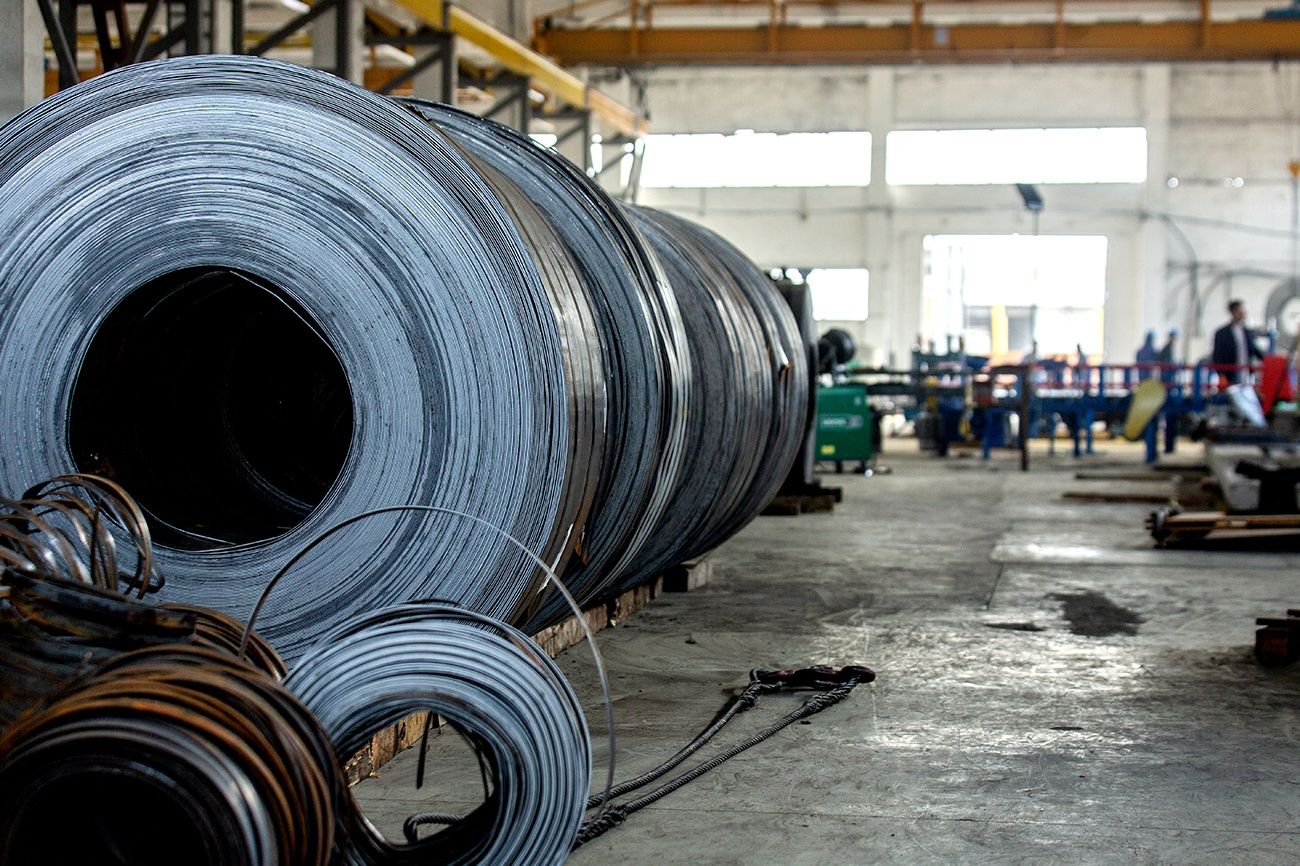
Decoding the World of Steel Supply: Delving Into the Details
Steel, the steadfast companion of modern construction and industry, has a narrative beyond its gleaming facade. From raw material to finished product, steel traverses a complex supply chain that molds skylines and underpins economies. Let's dissect the intricacies of the steel supply, illuminating the driving forces behind its dynamics.
From global demand shifts to raw material sourcing, each element significantly influences the supply chain, shaping skylines and economies. Join us in exploring the core of the steel industry, where every beam narrates a story of resilience and innovation.
-
Global Demand Trends
Let's start by examining the global steel demand. It's not confined to local construction projects; steel is a sought-after commodity worldwide, influenced by global construction, manufacturing, and development activities. Nations such as China and India consume substantial steel due to their economic growth, impacting the intricate balance of global supply and demand dynamics.
-
Raw Material Sourcing
Steel originates from fundamental materials such as iron ore and coal. The fluctuating availability and costs of these raw materials resemble the rhythmic swings of a pendulum. Market fluctuations, political complexities, and environmental regulations all play pivotal roles in influencing the accessibility and pricing of iron and coal.
-
Manufacturing Capacities and Technologies
The steel industry isn't stagnant; it's evolving. Advanced technologies are revolutionizing steel production, enhancing speed and quality. Yet, not all can invest in the latest tech, leading to disparities among steel manufacturers. This results in varying levels of supply reliability and steel quality.
-
Trade Policies and Tariffs
Governments occasionally intervene in the steel industry using trade regulations and tariffs, which can either facilitate or impede the movement of steel across borders. Imposing tariffs on steel imports can disrupt regular supply chains and elevate steel costs universally. Conversely, easing tariffs resembles unlocking floodgates, allowing steel to circulate more unimpeded.
-
Environmental Regulations and Sustainability
The world is transitioning towards a greener future, and the steel-making sector must adapt accordingly. Regulations focusing on reducing carbon emissions and promoting eco-friendliness are revolutionizing the industry. Steel manufacturers that prioritize environmental stewardship have the potential to attract eco-conscious consumers and businesses.
The steel supply chain is a complex global network involving demand, raw materials, manufacturing strategies, trade dynamics, and environmental objectives. Successfully navigating this intricate system requires a deep understanding of its various components. By staying informed and adaptable, we can effectively manage the challenges and opportunities within the steel industry.
Collaboration and innovation in manufacturing, trade relations, and sustainability efforts are essential. By embracing these practices, we can ensure the resilience and longevity of the steel supply chain. Remember, steel isn't just about construction; it's about shaping a brighter future.
